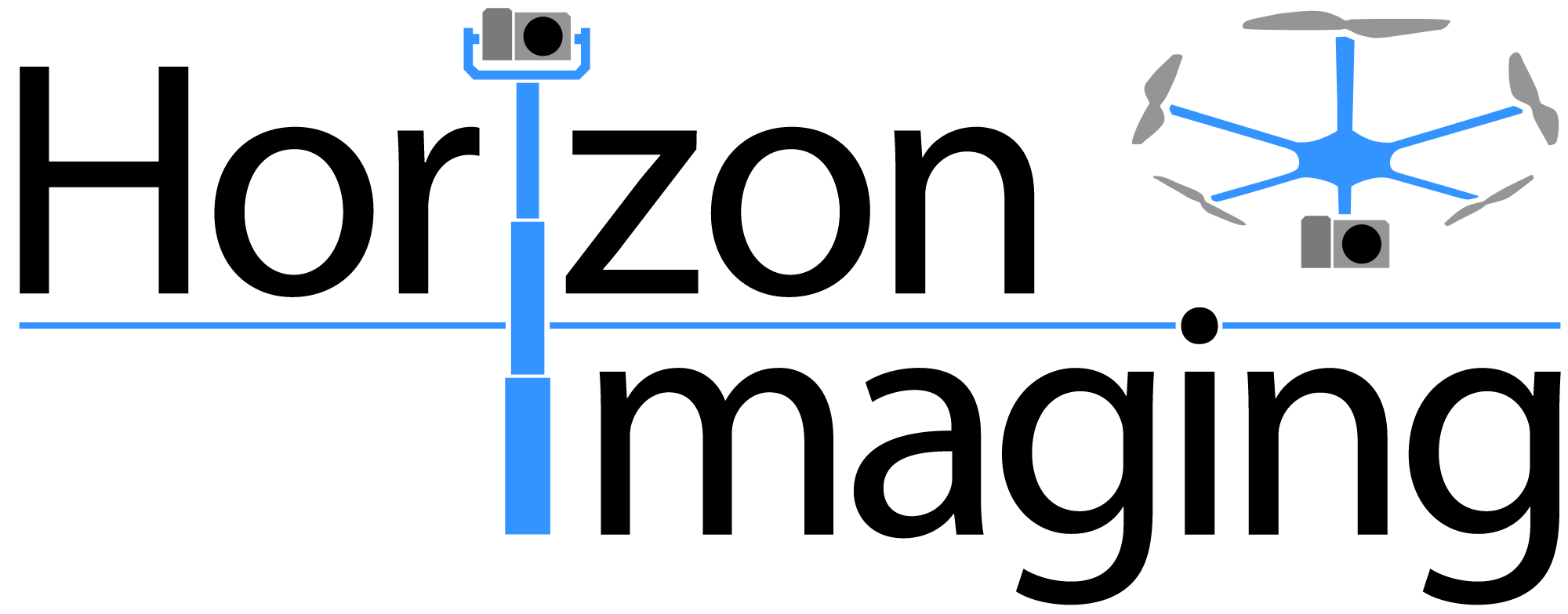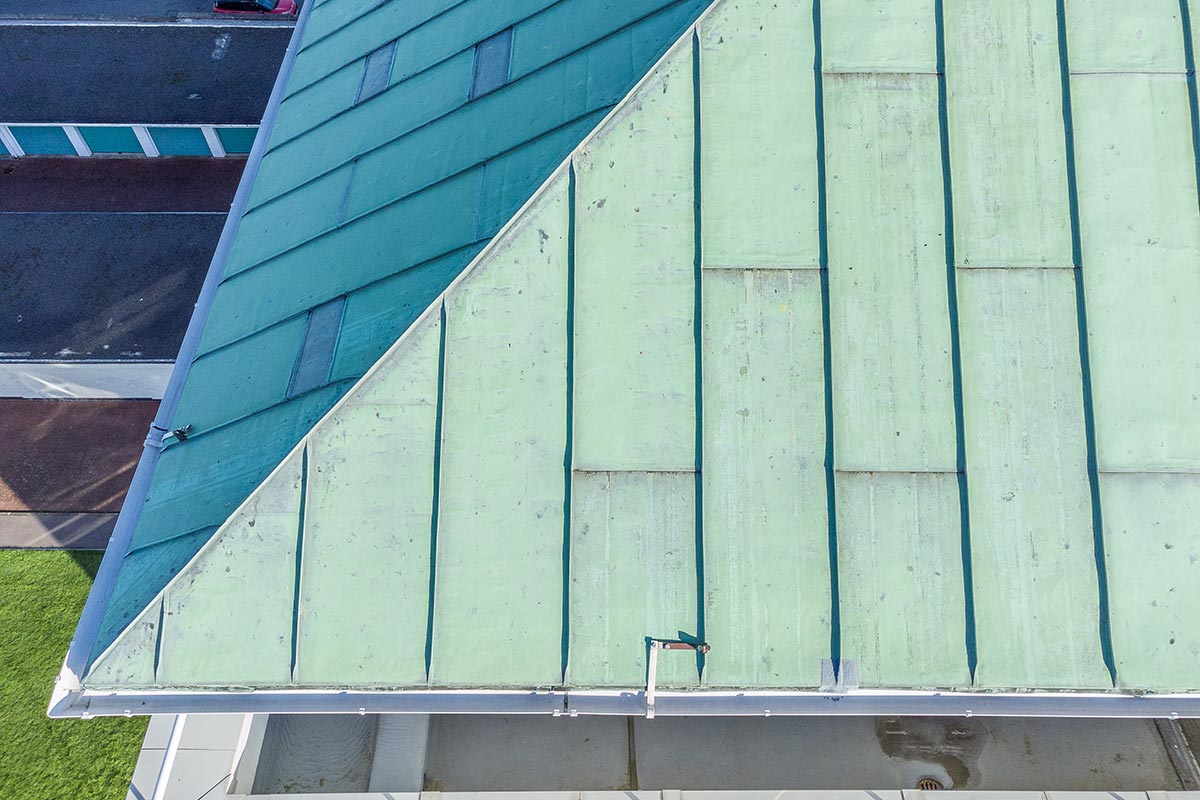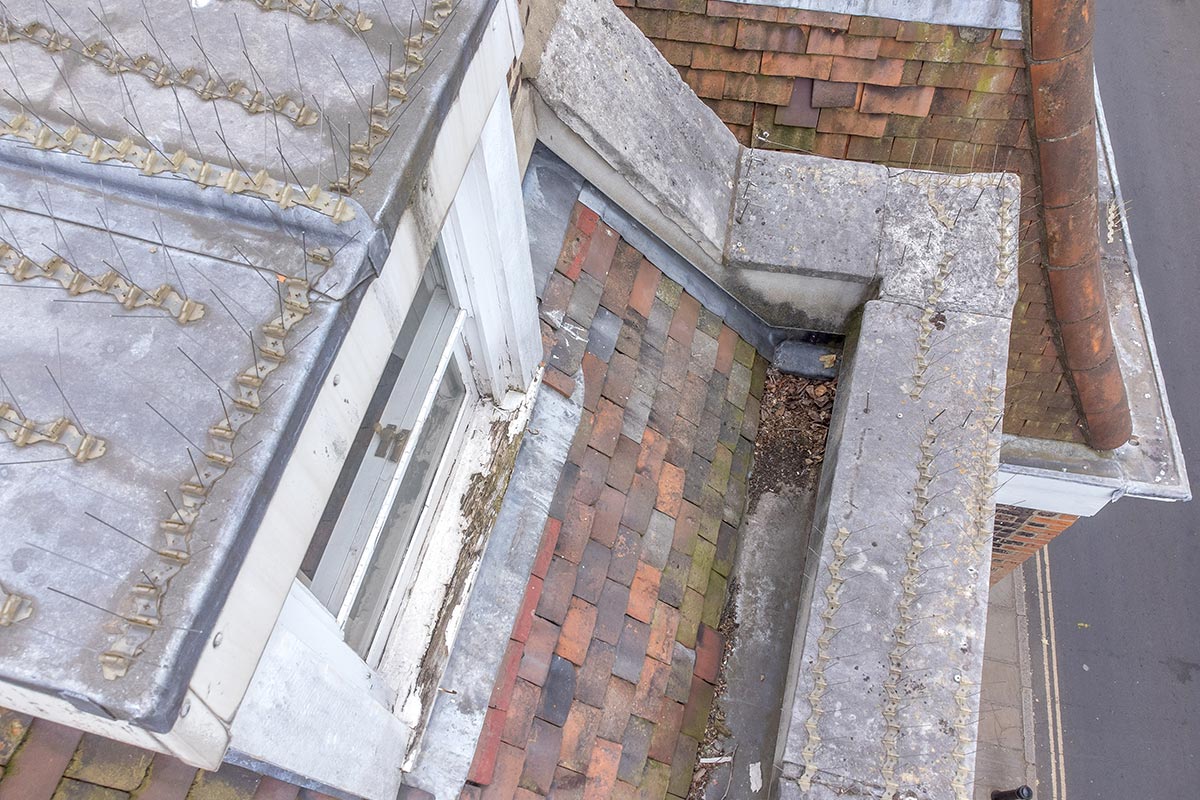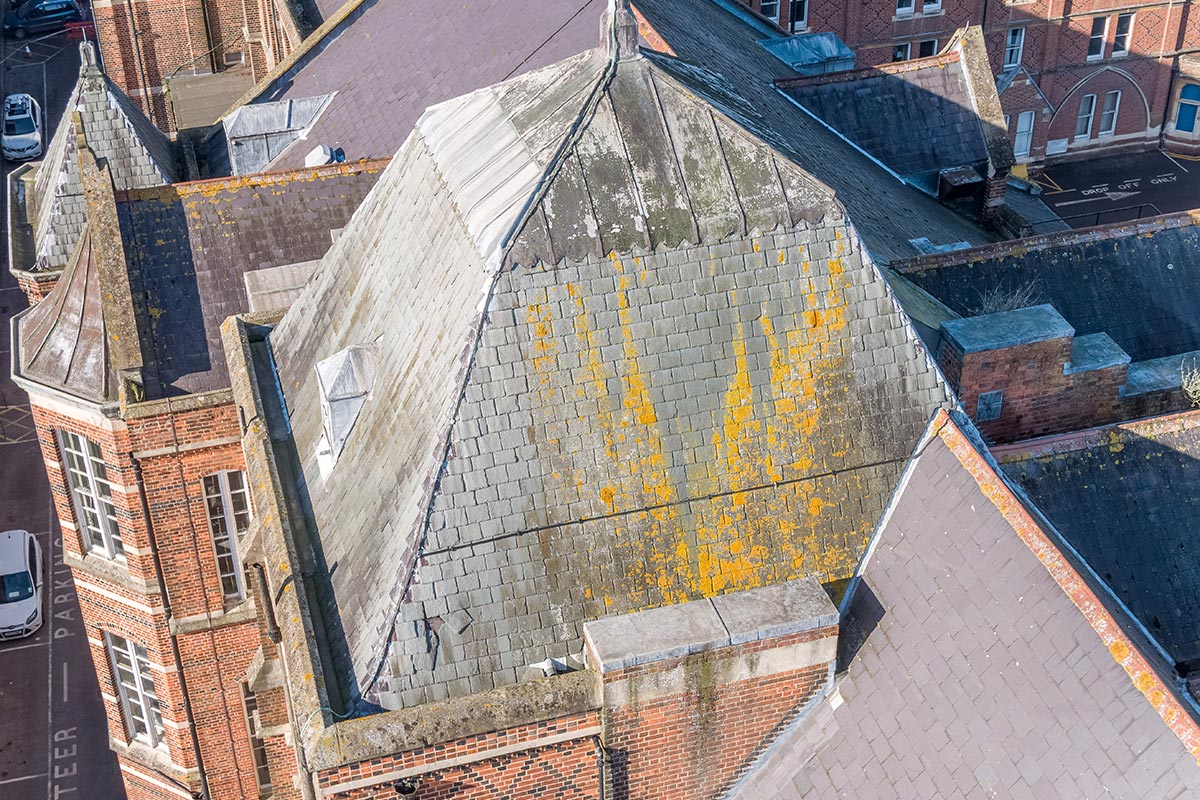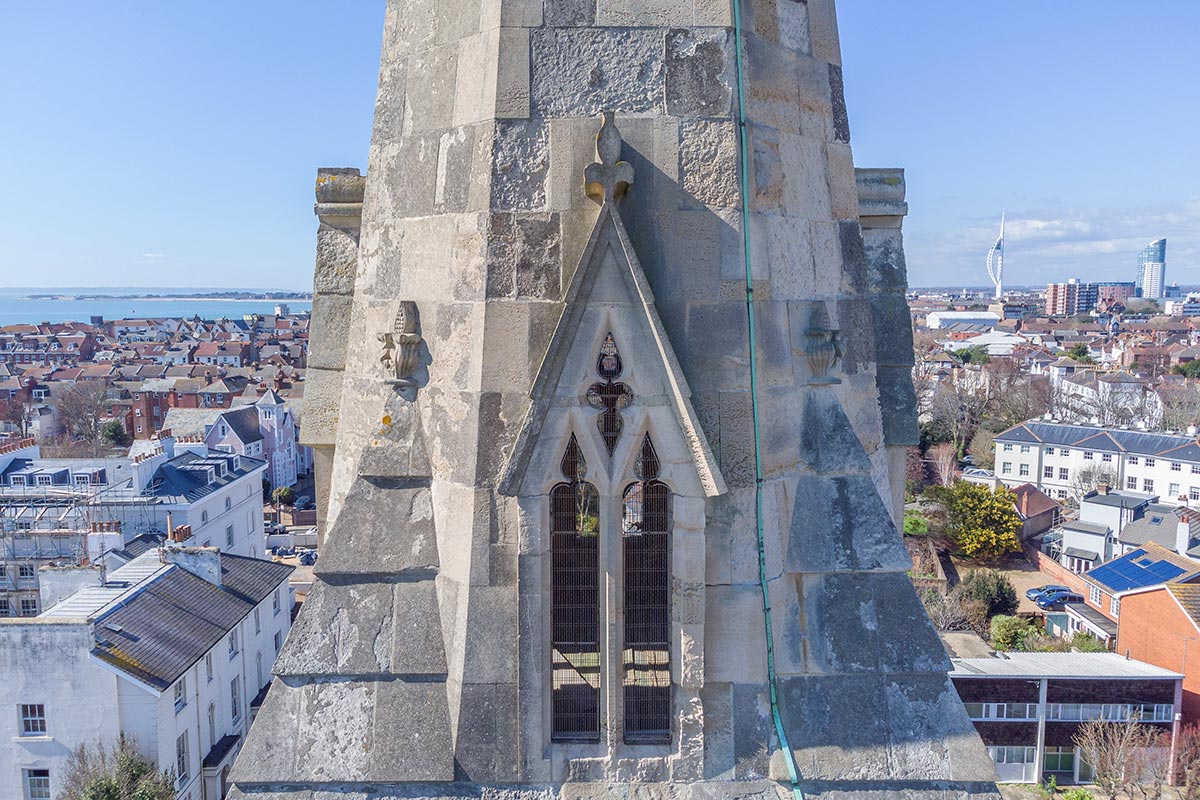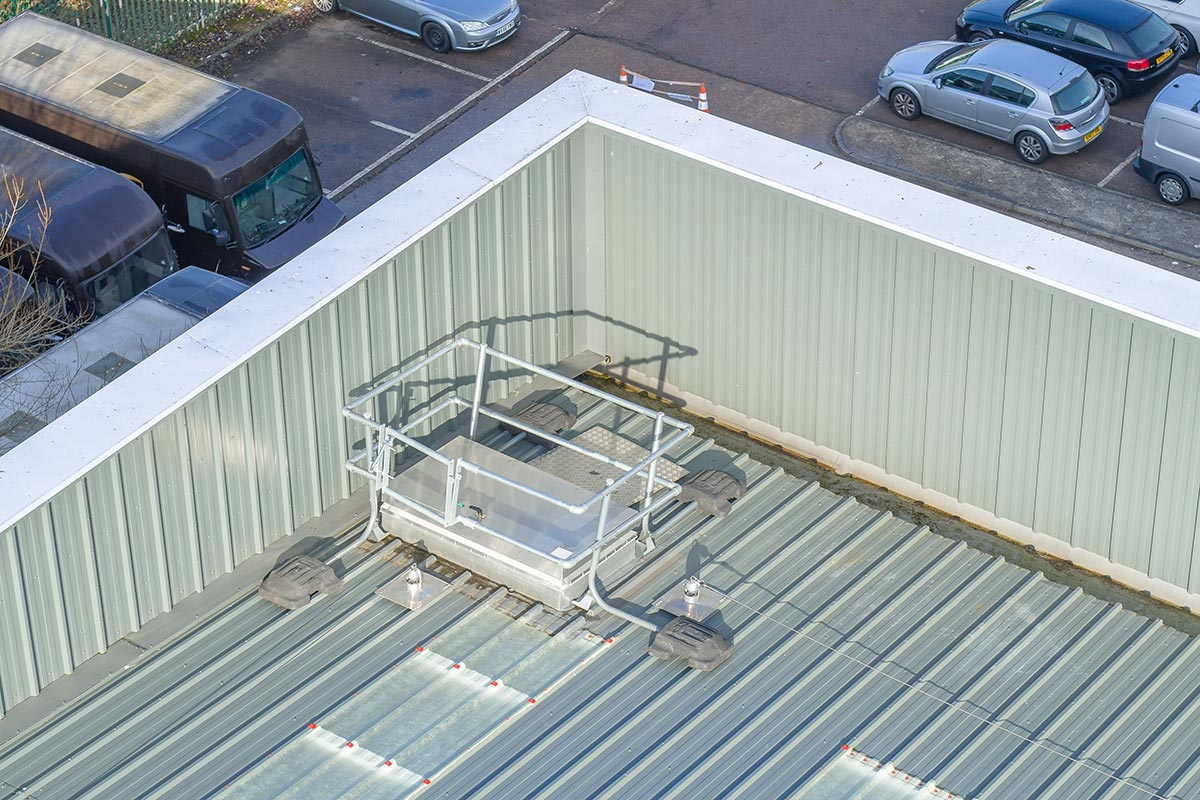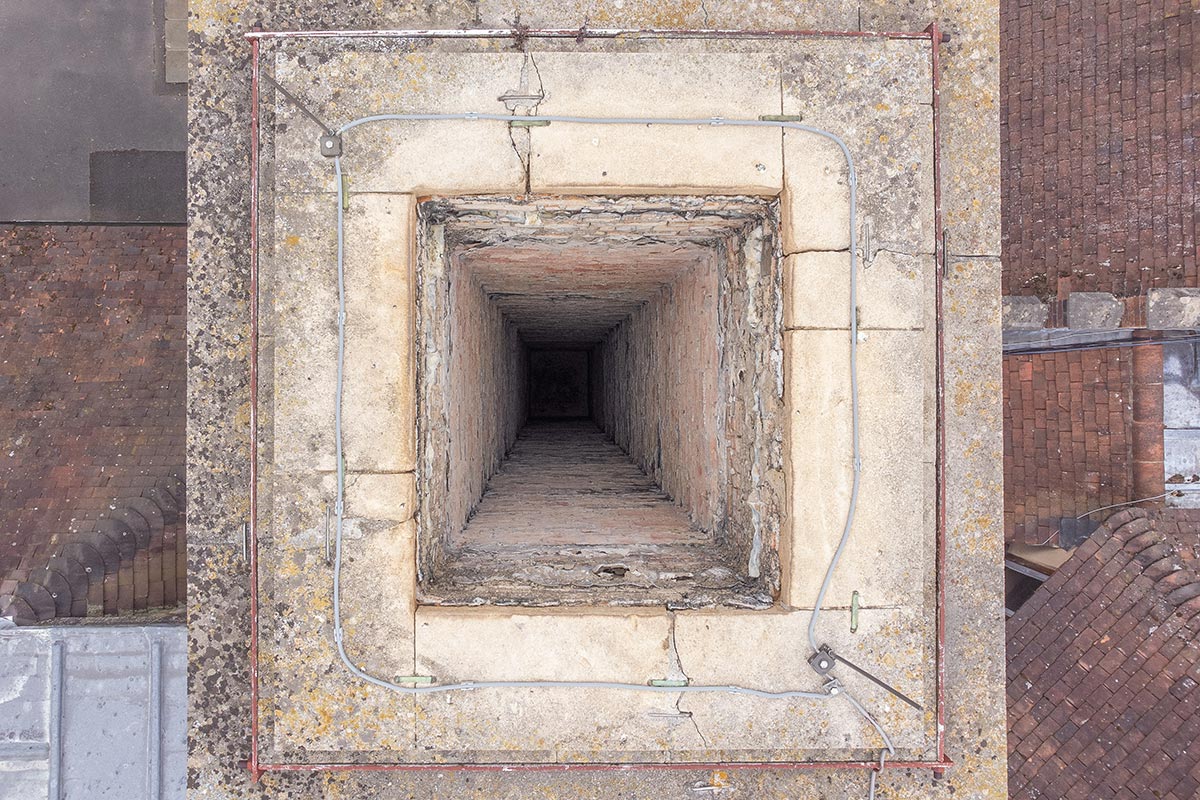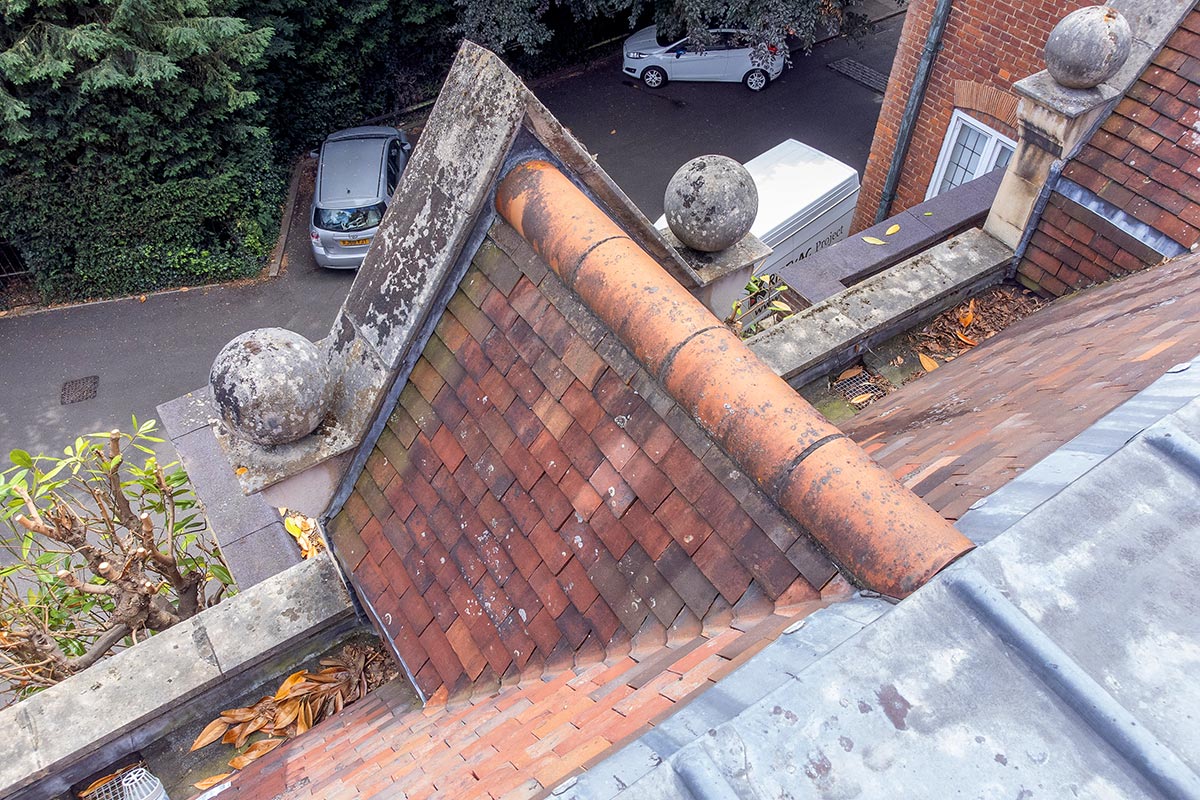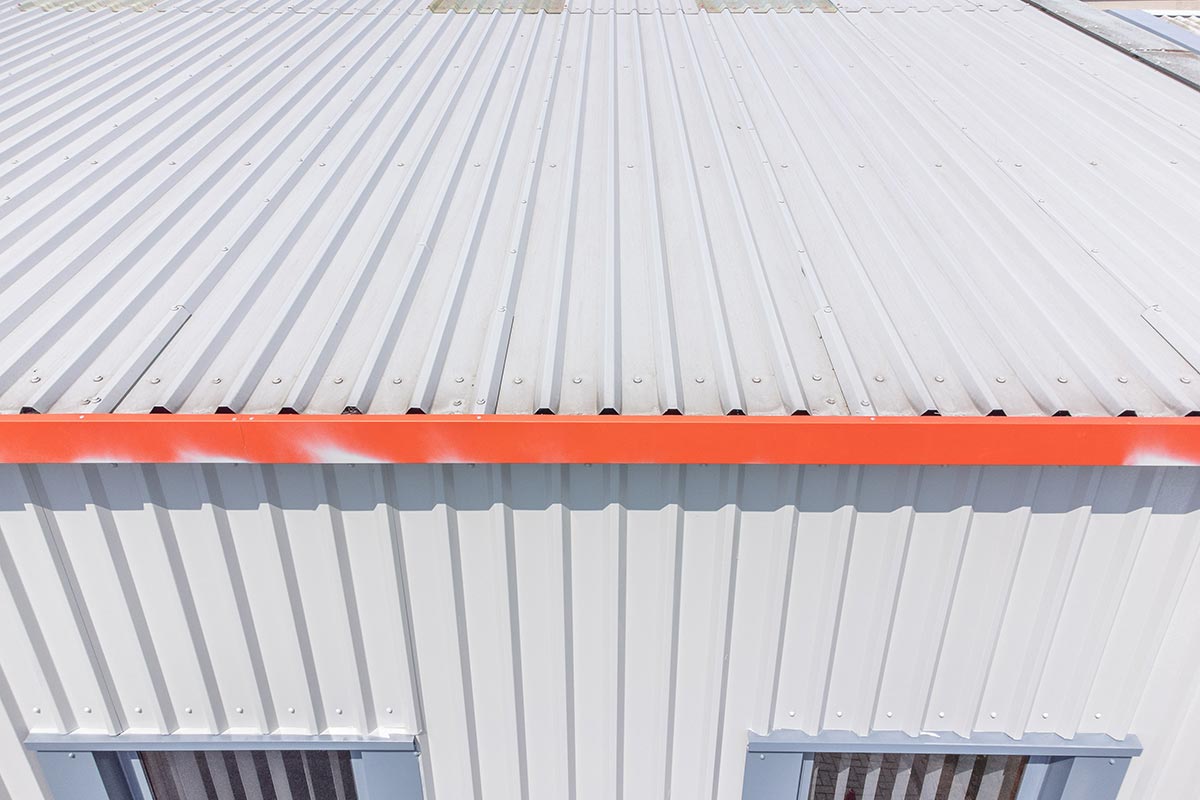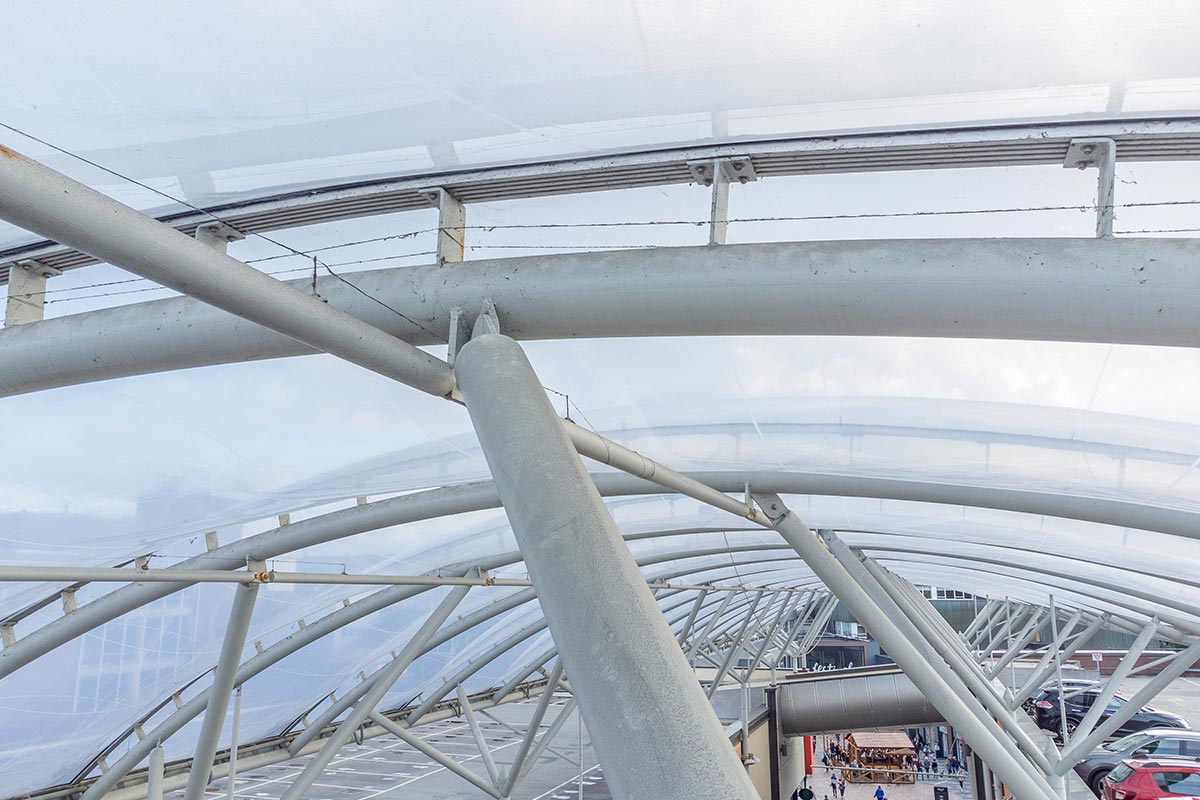Drone Roof Surveys & Inspection Services
Are you in need of a cost-effective roof survey? If so, you’ve come to the right place! At Horizon Imaging we’ve been providing high-resolution drone inspection imagery of roofs, chimneys, walls, spires and all manner of other infrastructure since 2007.
- Do you need to have your roof or other infrastructure inspected for signs of damage or to investigate the source of water ingress ?
- Would you like to undertake a preventative maintenance roof inspection to catch any issues before they become serious ?
- Maybe your building has no roof access and erecting scaffolding or hiring a cherry picker is too expensive ?
- Or perhaps you need photographic evidence from an elevated perspective to support an insurance claim or a boundary dispute ?
Whatever your requirements, we’re here to help! Click the button to access our contact form where you can submit details of your requirements – We’ll be in touch soon!
Drones have been the ‘go-to’ method for performing roof surveys / aerial inspection work for a number of years now, and for good reason – compared to hiring a cherry picker or erecting scaffolding, drones provide a cheaper, faster and safer way of surveying roofs and other hard-to-reach infrastructure.
Our drone roof survey service revolves around capturing high quality imagery of every nook and cranny of your building which cannot be seen from ground-level, thereby providing you with all the information you need to make an informed decision about the building’s condition.
We use small, state-of-the-art drones that are quiet, safe to fly in congested urban areas, and capture high-resolution images and 4K resolution video footage from any point in space. The beauty of using a drone is that if you require more detail / resolution, the drone can simply be flown closer to the building and more images / footage can be captured.
Our typical deliverables are a set of images that have been post-processed to extract the maximum amount of detail from the raw image files, and then depending on the size and complexity of the site, the images will be categorised into a logical folder hierarchy, eg. with one folder per building, or section of a building, alongside a diagram showing the route the drone was flown around the site so the sequence of the images can be easily followed.
We have helped numerous building surveying companies, architects as well as private individuals to inspect their buildings / infrastructure over the years, and you can read some of their glowing feedback below.
What Makes Us Different?
Drones aren’t the unique photography platforms they used to be, and so having a drone is no longer the differentiator it once was (we custom-built our own drones in the late 2000s before they were commercially available, so back then, having a drone was already incredibly unique!). As such, it’s now how you use the drones and the overall experience of working with the service provider that really sets companies apart.
We’re very proud of our history and the journey we’ve been on – here are just some of the points we feel set us apart from other drone operators:
- Horizon Imaging was one of the first 50 operators (number #46) in the UK to be granted a CAA licence to undertake commercial work with drones back in 2010.
- We have over 15 years of experience in providing drone roof inspection imagery, so we know how to fly drones safely in close proximity to buildings in order to capture all the imagery our clients need to make informed decisions about a building's condition.
- We have a fleet of different size drones, each with their own capabilities and regulations governing where they can be flown, allowing us to choose the most appropriate drone for each inspection task.
- We bring a complete backup drone system to every shoot, ensuring that whatever happens, your imagery will get captured.
Frequently Asked Questions – Drone Roof Surveys & Inspection Services
Yes, the Civil Aviation Authority has strict regulations on where drones can be flown.
However, these regulations do vary depending on a number of factors including the weight of the drone, the environment where it is to be flown, and if there are any significant hazards nearby such as airports – to name a few.
It is technically possible to fly any drone almost anywhere, provided the correct permissions and risk-mitigating strategies are put in place in advance, but very often there is a type of drone that is most suited to a particular job, depending on the final use case of the imagery (eg. website, print, TV, inspection work, etc).
For inspection work, we use two types of drone. The first is a small sub-250g drone which can be flown almost anywhere* including over uninvolved members of the public – this is the drone we use for the majority of our inspection work as it’s very light, has an excellent quality camera, and can be safely flown in built-up areas.
However, for larger inspection tasks such as warehouses, we generally wouldn’t be able to maintain visual line-of-sight with the smaller drone when flying it at the far end of large buildings. So for this type of work we would use a larger drone which has a camera with interchangeable lenses. This means we can attach a long zoom lens and fly the drone much higher (meaning the drone remains within visual line-of-sight) whilst still being able to capture detailed imagery of the roof.
* All drones, regardless of their weight have to abide by regulations around sensitive or hazardous sites such as airports, restricted flying zones (eg. in Central London), military bases, prisons, and so on. But don’t worry, obtaining permission to fly in these locations is handled entirely by us, so our clients don’t need to get involved.
Yes. Horizon Imaging has held the relevant permissions for undertaking complex drone operations with drones up to 7kg in weight since the regulations were introduced in 2010.
Following on from the answer to question 1, this is determined by a number of factors, specifically the weight of the drone being flown and also whether the people are ‘involved’ with the drone operations.
Members of the public who have no knowledge / awareness of the drone operations would be considered ‘uninvolved’, and so in this case, only drones under 250 grams in weight are permitted to fly over them.
If the people are aware of the drone operations (eg. they have been informed about where the drone will be flying) and are within earshot of the pilot so they can be told to move out of the way of the drone in an emergency, then they are considered ‘involved’ which means heavier drones up to 7kg in weight can fly over them.
But as a rule we always avoid flying over people if at all possible, even if technically we are allowed to do so.
As per the answers to questions 1 and 3, this also depends on the weight of the drone being flown as there will almost always be members of the public walking around built-up areas.
So, if the area is full of ‘uninvolved’ people, then only sub-250 gram drones can fly over the area.
If, however, a certain segment of the built-up area can been cordoned off so the operator can be sure that no uninvolved people will enter this area, then it’s possible to overfly the area with heavier drones.
Similarly, referring again to the answer to question 3, if a heavier drone needs to overfly people who can be considered ‘involved’ with the work, then provided they are within earshot of the operator in case of an emergency, heavier drones can overfly them.
Provided the relevant permissions have been put in place with the airport before the flight commences, generally yes flying close to, or even within an airport is not an issue.
However, depending on exactly where and when the drone is to be flown, the airport might stipulate a maximum altitude above ground level that the drone must not exceed, and such restrictions are non-negotiable.
Again, referring to the answer to question 1, obtaining permission to fly close to airports is handled entirely by us, so our clients don’t need to get involved.
We are limited by the CAA regulations to fly no higher than 400 feet (120 metres) above the ground.
This might sound restrictive, but often only a small increase in altitude will yield a dramatically different viewpoint, and photographs taken from 400 feet can capture a surprisingly large area of land.
We are limited by the CAA regulations to fly no further than 500 metres horizontally from the drone operator, but with the caveat that the operator must be able to maintain orientation of the drone at all times (they have to be able to see which way the drone is pointing).
Due to the difficulty of judging a drone’s orientation at a distance, for smaller drones this means flying the drone no further than approximately 150-200 metres from the operator.
The drone has to remain within line-of-sight of the pilot at all times, regardless of how far away it is flown, eg. it cannot be flown behind walls or too low over a roof if a suitable vantage point cannot be found for the pilot so they can maintain visibility of the drone.
Our drones can typically fly for approximately 25 minutes per battery before they have to land. We bring multiple sets of batteries to every shoot, and battery chargers can also be brought which would allow the drones to fly almost continuously all day.
All the drones we fly transmit a live video feed to a screen on the ground which allows the operator and client to compose the imagery in real-time before the camera is triggered.
No. Wind speeds gusting over 15mph will reduce the stability of the drone, and when flying close to buildings (as is typical during a roof inspection) the wind becomes very turbulent as well, which could possibly cause the drone to crash into the building.
Rain would also prevent a flight from taking place, partly because the onboard electronics are not waterproof / protected from the elements, but mostly because the resulting photographs / videos would look very dull.
The decision whether or not to fly the drone on the day of a shoot ultimately rests with the operator and their decision is non-negotiable.
This depends on the drone we are using. Referring to the answer to question 1, our smallest sub-250g drone produces 12 megapixel images (4ooo pixels across), and the camera on our larger drone (that we use for inspecting larger building) produces 24 megapixel images (6000 pixels across).
What Do Our Clients Say?
If you haven’t used a drone roof inspection company before, you’re in safe hands with Horizon Imaging. We have a track record of exceeding our clients’ expectations and providing excellent customer service from start to finish.
You can read feedback from some of our roof inspection clients below, or you can browse through all 200+ of our glowing testimonials from across all our services on our dedicated Testimonials page.
TIP! Refresh the page to see three different testimonials!

“Horizon Imaging Ltd were instructed by RSL NW to undertake a roof drone survey of a commercial property which they turned around very quickly with excellent high quality images.”

“‘I think the best recommendation anyone can give is that of repeat work. David continually delivers beautiful Architectural photography for us alongside great drone work which fully captures and presents our buildings in the round. Aside form this artistic work, David has undertaken reliable and accurate aerial and photographic surveys for our sensitive Heritage and Conservation work. David is an expert, reliable all-rounder and absolute value for money!”

“Chawton Hill Chartered Surveyors worked with Horizon Imaging to capture photographs of the pitched roof of a large property in Surrey. The photographs were needed to accurately assess damage to the roof and create a condition survey. From these photographs, we have also been in a better position to detail a schedule of works, to fix any problems found by the drone survey. The whole process, from initially contacting David, to receiving the high quality and detailed photographs was friendly, quick, and very accommodating. David has provided us with everything we required, and we will definitely use their services when a drone survey is needed in the future.”
Drone Roof Inspection Sample Imagery
Intrigued by what you’ve seen and want to see some more examples of our drone roof inspection work? Click on any of the images below to visit our Drone Roof Inspection Gallery:
Please feel free to get in touch with us, we'd be delighted to chat through your requirements with you!
Please feel free to get in touch with us, we’d be delighted to chat through your requirements with you!
Call us today on:
01483 610 535 or 07792 139 506
Or drop us an email on:
Or complete the form below and we will be in touch within 1-2 working days.
Thank you for your time and we look forward to hearing from you!
